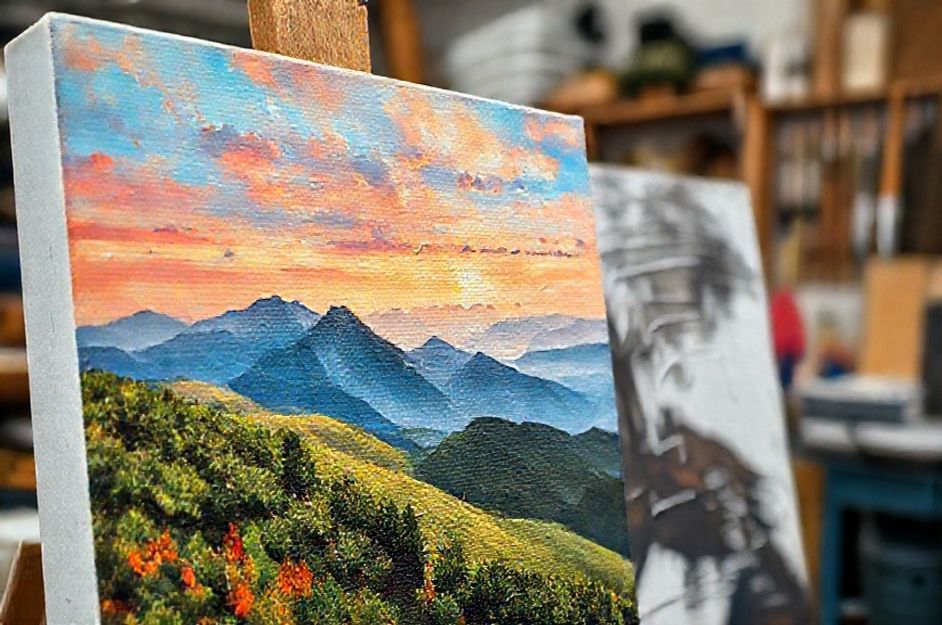The printing industry is rapidly evolving, with advancements in both equipment and materials. One notable development is canvas printing, which allows for reproducing various image types with enhanced visual appeal.
Specifically designed canvas papers have emerged for printing, such as the Legion Premium Canvas Paper. This matte-finished, water-resistant inkjet canvas replicates the texture and aesthetic of traditional oil paintings. It’s also ideal for printing photographs, providing a timeless quality reminiscent of classic art when framed. Another option is Archival Inkjet Canvas, which boasts a neutral pH and compatibility with dye-based and pigment-based inks. This material is engineered for flexibility during stretching and framing while maintaining durability and preventing cracking or tearing.
Imagine your artwork or photographs transformed into vibrant fine art canvas prints. Using pigment-based inks ensures longevity and prevents fading. Applying a protective layer shields the prints from scratches and splashes, preventing corner fading or cracking.
Turning to traditional art, canvas remains a staple medium for artists creating stunning masterpieces. Canvas is typically a plain weave fabric made from materials like cotton, linen, jute, or hemp. Today, the term “canvas” generally refers to a heavy, tightly woven fabric, often polyester. Beyond oil painting support, canvas serves as the base fabric for embroidery and needlepoint.
Canvas printing differs significantly from canvas painting primarily due to the canvas itself. Canvas printing utilizes a canvas with a specialized receptive coating that allows it to absorb printer inks effectively. This coating is absent in canvases intended for painting. Artists typically use stretched canvas across a wooden frame called a stretcher, which is then coated with gesso to prepare the surface for painting.
